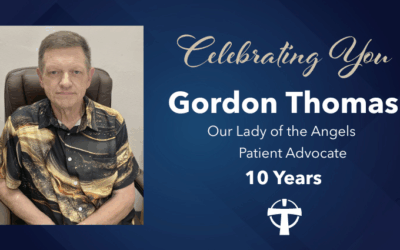You’ve probably heard the word “hernia,” but do you actually know what the condition is? A hernia happens when an internal organ or tissue bulges through a weakened part of a muscle.
Hernias are common. In fact, more than a million hernia repairs are performed each year in the United States, and many other hernias go untreated.
Would you recognize the symptoms of a hernia if you were experiencing them? Let’s take a look at those symptoms and other facts about hernia.
What Is a Hernia?
While hernias most commonly occur in the groin, there are multiple types of hernia:
- Inguinal hernia occurs most often in men and is found in the groin. This is the most common type of hernia.
- Femoral hernia occurs most often in women and appears in the upper thigh near the groin.
- Umbilical hernia occurs near your belly button and is more commonly found in babies.
- Incisional hernia occurs at the site of a surgical scar.
- Hiatal hernia occurs when part of the upper stomach comes through an opening in the chest wall. This can cause stomach acid to leak into the esophagus, contributing to acid reflux.
The different types of hernia have a variety of causes, but there’s one underlying weakness of the tissue where the hernia is present. When this pressure is applied to the weakened tissue, a hernia can form.
Certain habits and movements can contribute to the formation of a hernia, including picking up heavy objects, lifting objects using incorrect form, overusing a specific muscle, being overweight, using tobacco, or straining during normal activities such as coughing or sneezing.
Hernia Symptoms
Some people who have a hernia may not experience any noticeable symptoms. But in many cases, particularly as the hernia worsens, symptoms may develop and include:
- A visible lump when straining to use the restroom, laughing, crying or coughing
- Bowel obstruction
- Dull ache
- Pain around a lump or bulge
- Pain while lifting
- Sensation of feeling full
- Swelling or a bulge in the groin or scrotum that worsens over time
For those who have a hiatal hernia, there will be no visible bulge or lump. Instead, a person might experience GERD-like symptoms such as heartburn, indigestion, difficulty swallowing and acid reflux.
When to See a Doctor for Hernia
If you’re experiencing any of the symptoms outlined above, talk with your medical provider. He or she can perform a physical examination, observing and palpating the affected area to check for signs of hernia. Additional testing, such as a CT scan, might be ordered to get an in-depth look at the affected area of soft tissue.
A hernia that’s left untreated can worsen and become more painful. It’s important to seek treatment when you first begin noticing symptoms. Help is available.




